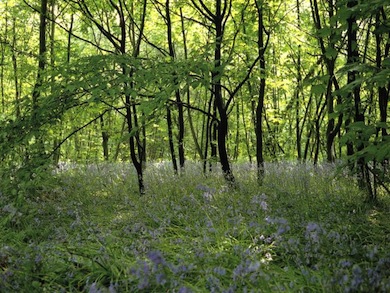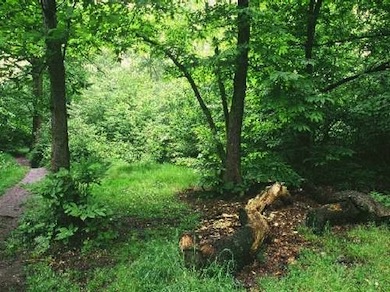Shooters Hill Woodlands are made up of the Oxleas, Jack and Shepherdleas Woods. Together they form one of London’s most extensive areas of ancient woodland, being at least 8,000 years old. They display a large variety of tree species including extensive areas of oak and hazel. Ash and silver birch are also common, with some wild service-trees and hornbeam. Several areas are being actively coppiced. The site also includes Eltham Common and Falconwood Dell. The area was notorious for banditry and highwaymen for a long period between the 14th and 19th centuries. Henry IV had the trees along the Shooters Hill highway cleared as protection for travellers, where the bodies of convicted highwaymen were hung on gibbets to deter others.Oxleas, Jack and Shepherdleas Woods are a Site of Special Scientific Interest and Local Nature Reserve.
Local Wildlife Site
Accessible Sites of Importance for Nature Conservation
Shooters Hill Woodlands
Borough: Greenwich
Grade: Metropolitan
Access: Free public access (all/most of site)
Area: 112.06 ha
Description
Wildlife
A fine display of bluebells may be seen here in springtime, as well as a number of uncommon woodland plants in London, including butcher's-broom, guelder-rose, southern woodrush and buckthorn. The woods also contain a wide variety of fungi and a vast range of insect life, which includes several rare beetles and flies.The woodland bird life includes lesser spotted woodpecker, tawny owl, stock dove and occasionally wood warbler.Ponds contain a population of palmate newt, now the rarest native amphibian in London.Facilities
Information; car parking; cycle paths; historic features; nature trail; cafe.The park ranger service conducts walks in Oxleas Woods every Thursday and every second Sunday of the month at 10am. Meet by the cafe on the meadow off Shooters Hill.
Bluebells in Oxleas Wood © Meg Game

Dead wood left to rot down in Oxleas Wood © Peter Wakely/English Nature
Feedback
Have a question or a comment for this site, or notice anything missing or out of date? Please contact us.
